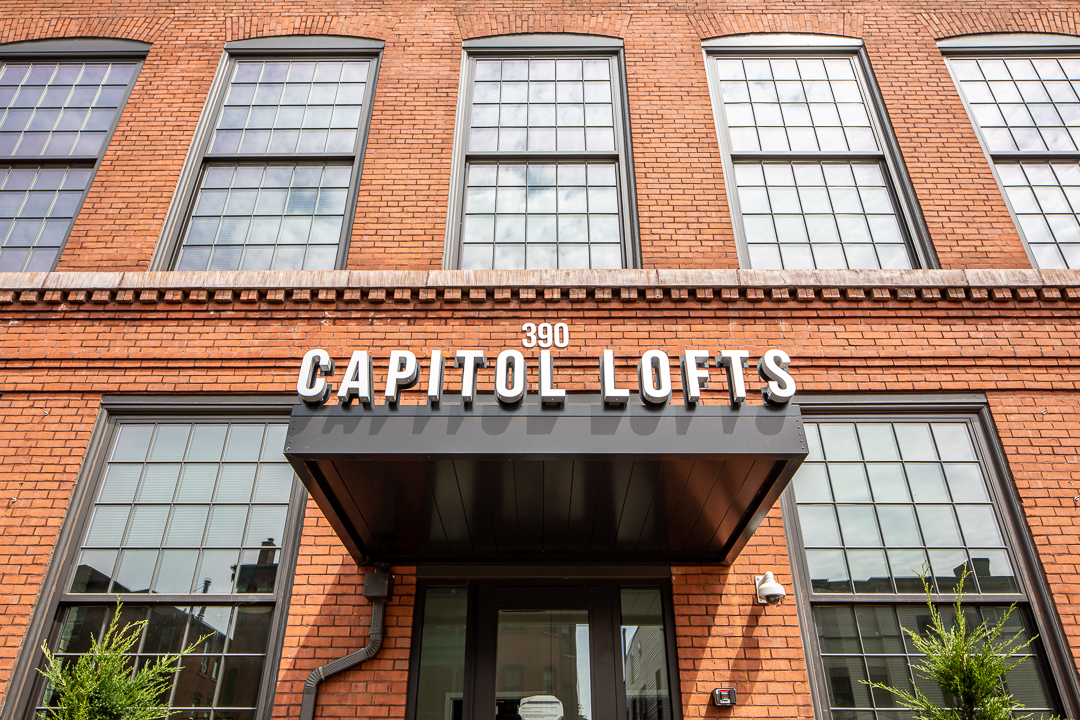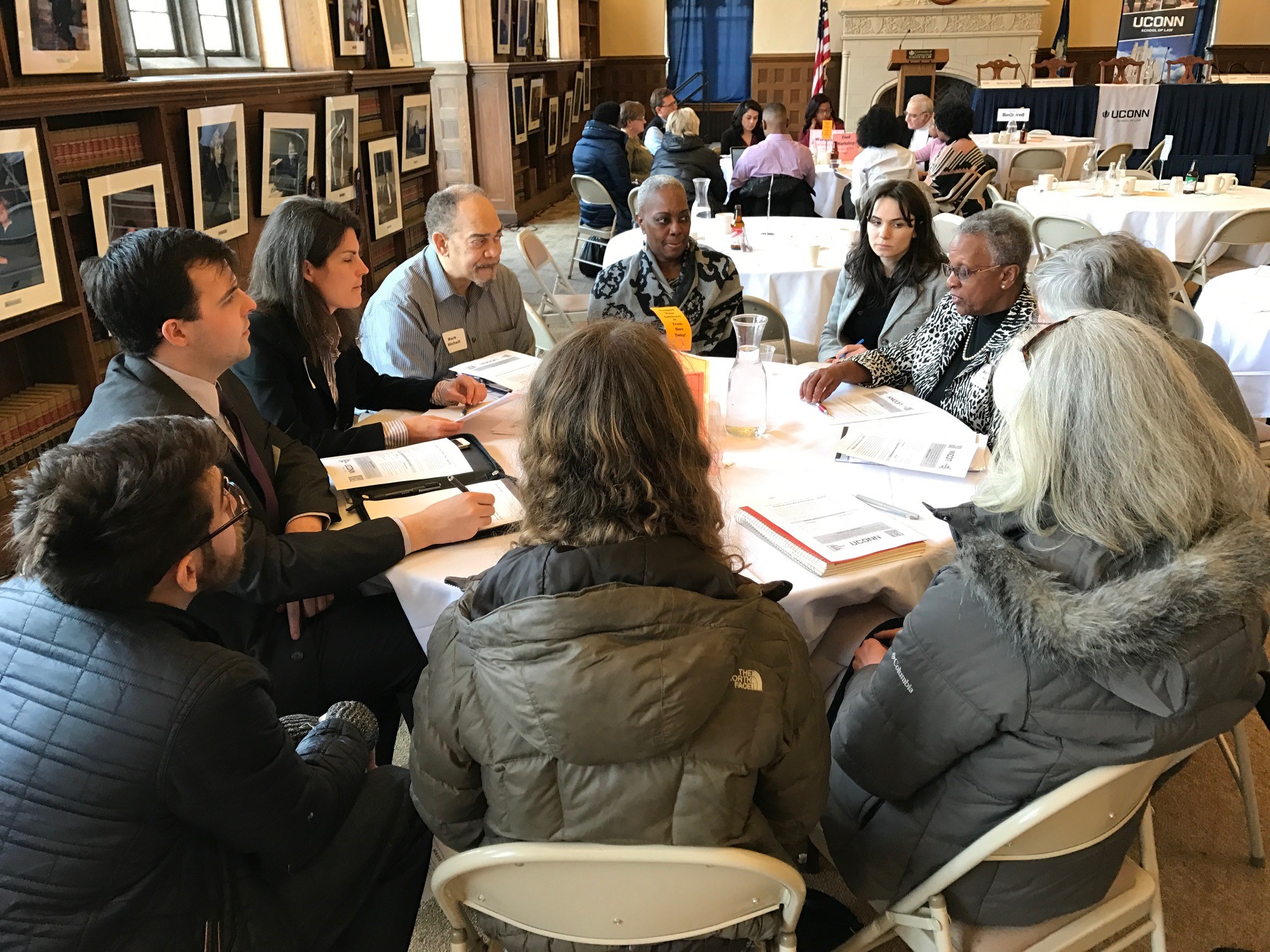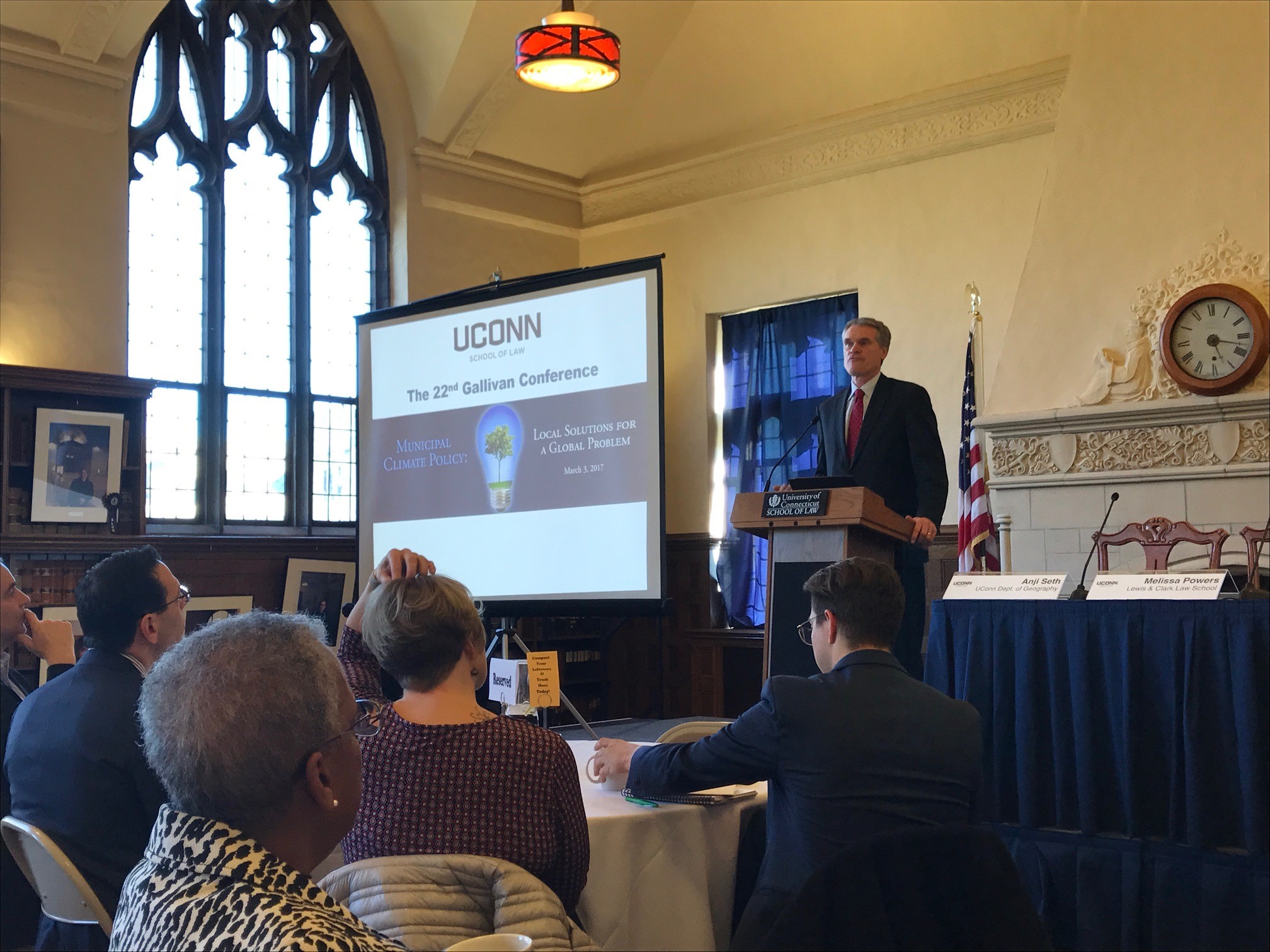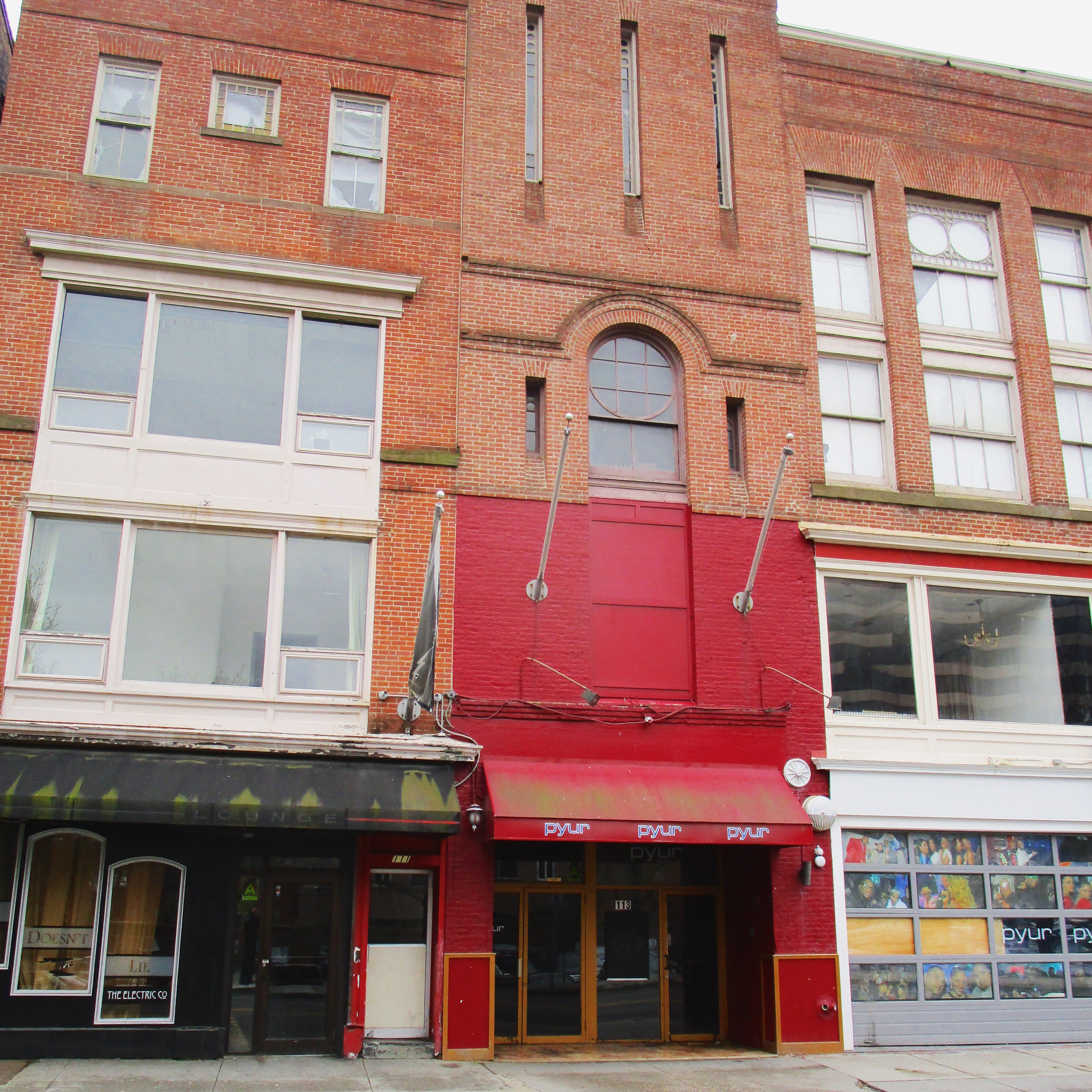St. Francis of Assisi, a medieval Roman Catholic friar, preacher and ecologist, believed in a harmonious relationship between our planet and all the creatures living in it because it was our duty to do so, not because it stimulated economic growth. Fast forward about eight hundred years and we find that his teachings may be exactly what the world needs now in order to preserve our life on Earth as we know it. We need to stop asking how we can make the planet work for us, and instead ask how we can respect our planet for the planet’s sake. However, until we all catch up to St. Francis way of thinking, perhaps stimulating economic growth with sustainable incentives can be a starting point to understanding the effects of our environmental abuse and our mismanagement of natural resources.
Although this incentive approach may initially appear to be only self-serving and not done out of love for our Mother Earth, it provides the opportunity for educating a community to the fact that we are acting in our own best human interest; that the shared interest is self-preservation. The responsibility of educating a community falls on the community’s governing municipalities and environmental professionals. We all need to understand that we are not saving the environment, it does not need to be saved as it will adapt. We’re saving ourselves, who cannot keep pace with the adapting environment.
I had the pleasure of attending the 22nd Gallivan Conference – Municipal Climate Policy on March 3, 2017, in no small part thanks to Sara Bronin for taking such an interest in pulling this conference together. This day-long conference is an example of the type of education and networking that needs to occur in order to bring awareness to the fact that natural disasters are not always natural, and that it will take all of us working together to attempt to reverse the effects of the otherwise unavoidable climate tsunami heading our way. We can no longer claim environmentalists are overreacting to the human causes to climate change. The evidence is too overwhelming and municipalities need to work together to come to a solution.
A good place to start would be by making sure a community understands the major contributors to climate change and effects to the environment. Once this is understood, municipalities have the obligation to discuss solutions and not only involving but encouraging the entire community to participate in the problem solving and the creation of initiatives to address environmental concerns. It is encouraging to hear of Hartford Mayor Luke Bronin’s commitment to Climate Change by the newly created Sustainability Office, and even more encouraging hearing of the community’s generous grants to make that happen. We should look forward to hearing more from this office on environmentalism and its relationship to economics.
An example of how economic incentives are bringing new life to neighborhoods in Connecticut is in the historic preservation of existing buildings and conversion to multifamily housing. Through state and federal historic rehabilitation tax credits, in conjunction with community developers, abandoned industrial neighborhoods are being transformed into healthy livable communities. We all benefit from the preservation of a community’s historic identity and the conservation of the natural resources that would be required to build new neighborhoods; embodied energy. Though these incentives did not come about under one united agenda, or initiated at the same time, each sparked another idea which caused a ripple effect. For example, the Federal Historic Rehabilitation Tax Credit program was introduced in 1976 to balance the initiatives that were available for new construction during the middle of 20th century. In 2007, Connecticut launched their own historic rehabilitation tax credit program for buildings listed on the State Register of Historic Places, only. For a decade, many of these credits have been combined to rehabilitate historic, underutilized and vacant buildings throughout Connecticut. Abandoned and neglected buildings are being rewoven into the fabric of our existing infrastructure with a new purpose.

crosskey architects (www.crosskey.com)
Another example of the bond between the environment and economics is closer to home for me. For the past 11 years, I have been taking the CT Transit Commuter Express Bus to work. I am grateful to my organization, Crosskey Architects, for providing me with the CT Transit Bus tickets that I use to take the commuter bus to and from work. In turn, my organization receives a partial tax break for the purchase of the public transportation bus tickets. Considering that the average annual carbon dioxide (CO2) emissions of a typical passenger vehicle is about 4.7 metric tons, we can make a reasonable assumption that this economic relationship is beneficial to both myself and our planet, which in turn provides me with the cleaner air I am now breathing.
It is said that the reason why we do things determines the attention we dedicate to it. But it may also be true that the reason why we do things can be altered through the process of doing. Perhaps by addressing the environment in relationship to the economic growth in the sustainable sector will benefit both, the receiving humans and the giving planet and by doing so, bring us closer to a sustainable relationship with this great planet Earth we call home.
By: Silvana Righenzi, LEED AP, BD+CÂ
Project Manager



